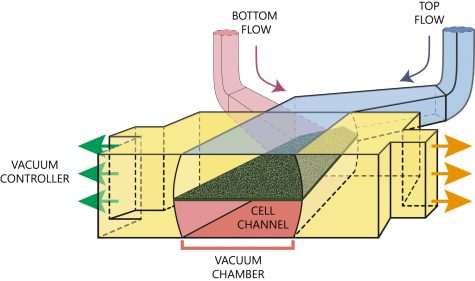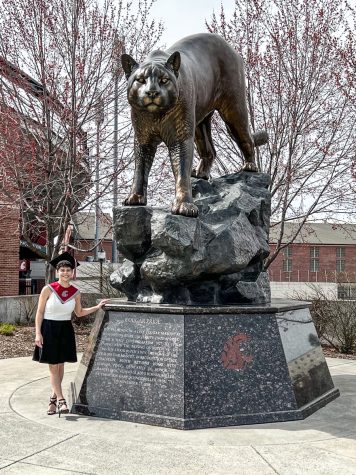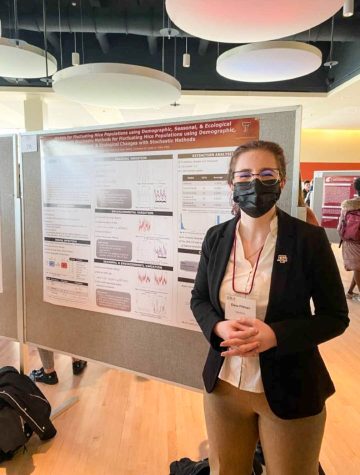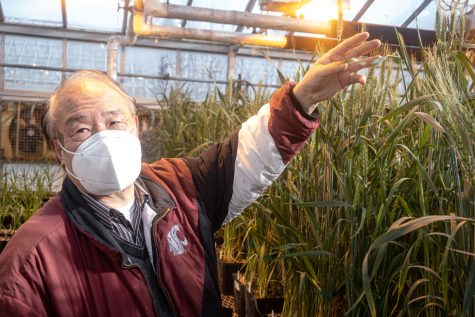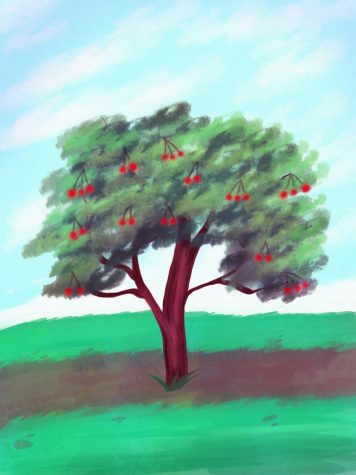Center studies link between night-shift workers, risk of cancer
Interruptions in circadian rhythm affects cells’ ability to maintain health
COURTESY OF THE WSU ELSON S. FLOYD COLLEGE OF MEDICINE
A team with the WSU Sleep and Performance Research Center will be observing night-shift workers’ DNA and sleep cycles.
October 28, 2021
The WSU Sleep and Performance Research Center is monitoring sleep patterns of night-shift workers to identify factors that contribute to a higher risk of cancer.
A research team at the center will be observing night-shift workers’ DNA and sleep cycles, said Primary Investigator Dr. Brieann Satterfield.
The team published a study last year that identified changes in gene expression profiles related to cancer and cancer-repair mechanisms within a simulated group of workers, Satterfield said.
The simulated group — a group of people with no prior night-work experience — were brought into a lab and faked a shift work schedule, she said. Their DNA was then observed and found to contain elevated damage.
Some genes are responsible for contributing to various aspects of cancer, including in the maintenance of cell cycles, inflammatory processes or DNA damage and cell death, Satterfield said. The circadian rhythm in night shift workers appears to be disrupted as they are working when they should be sleeping, which affects cell cycles.
“The night shift schedule seems to disrupt these rhythms,” she said. “It potentially has these downstream consequences for the development of cancer.”
There are genes involved in processing nutrition, said Hans Van Dongen, co-investigator of the study, director of the research center and WSU Elson S. Floyd College of Medicine professor. When a cell’s DNA is damaged, it can no longer produce the right proteins. The cell becomes ineffective until it eventually dies.
People are exposed to things that can damage their DNA on a daily basis, including radiation or chemicals in foods, Van Dongen said. The human body has the ability to repair damage as it triggers repair mechanisms in genes.
Cells have internal repair mechanisms to identify and fix damage, but this can only be done when the cells are not in use, he said. Genes are active during the day, which is why it is ideal for gene repair to be done while they are inactive at night.
“Now imagine that the cleanup crew comes at the wrong time and the gene is actually being active. It can’t do the repair because the gene is being used,” Van Dongen said. “Then that gene remains unfixed.”
This cycle repeats. After a while, there is enough damage to the DNA that the cell cannot function properly anymore. This is called genomic instability, and it can lead to tumor development and cancer, he said.
“Although the cancer risk is increased in night shift workers, not every night worker will get cancer,” Van Dongen said. “It is an increased risk, but it is not so that you have signed your death certificate.”
Even if night shift workers sleep a sufficient amount of hours during the day, they are still at risk because their circadian sleep cycle is being interrupted, Van Dongen said.
“You can sleep a lot, or you can sleep a little. But the timing of when you do that matters a whole lot,” Van Dongen said.
Satterfield said the study’s overall goal is to identify underlying mechanisms that contribute to the increased risk of cancer in night-shift workers.
After understanding this, it will then be possible to learn how to mitigate the DNA damage in the first place, Van Dongen said.
“This current study is really our opportunity to bring in real-world shift workers and study these same 24-hour gene expression profiles related to cancer pathways and DNA repair damage,” Satterfield said.
The research team will study the sleep-wake patterns of 34 shift workers — 17 night and 17 day workers, she said. Their sleep patterns will be monitored at home for a week first as they perform their daily routines.
The workers will then come into the lab at the end of the week and stay awake for 24 hours while they are monitored. Their blood will be drawn every three hours, she said. The blood samples will be analyzed for their gene expression profiles related to cancer and DNA repair.
The workers’ food intake, temperature and a number of other factors will be kept constant to mitigate the influence of external risk factors, Satterfield said.
Data collection for these trials will begin in February 2022, she said.
Contrary to other federally-funded research projects, the research is completely funded by local organizations, Van Dongen said.
Satterfield said they received a population health grant from the Andy Hill Cancer Research Endowment Fund, as well as a grant from the Health Sciences and Services Authority of Spokane County.
Van Dongen said this area of research adds a new dimension to medicine that has not been previously focused on. The goal is to inform the public and bring attention to any findings.
“With our 24/7 society, I don’t think there is really going to be any way to start moving away from night shifts,” Satterfield said. “It is really all about public awareness and education so people can be aware that there are serious health consequences related to working these shifts.”








